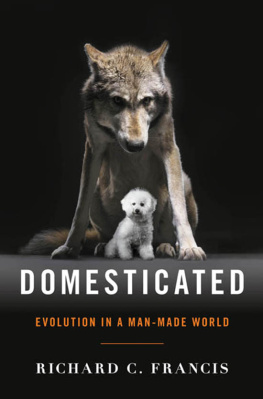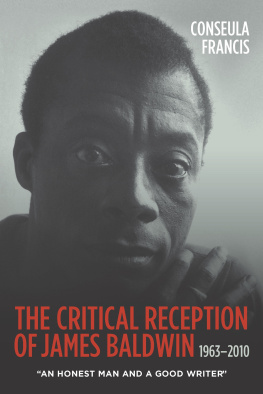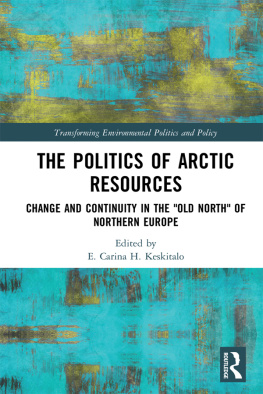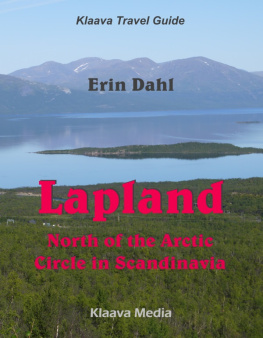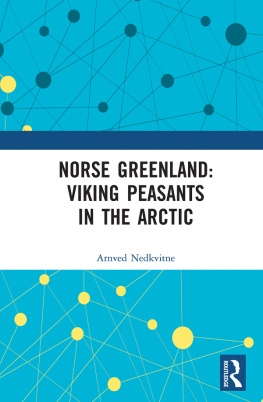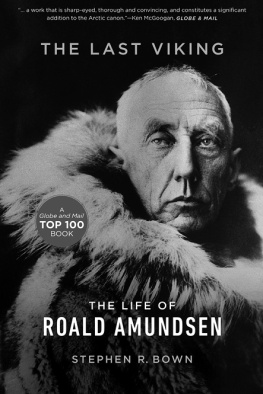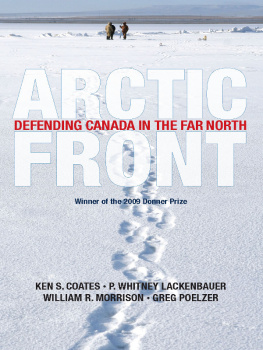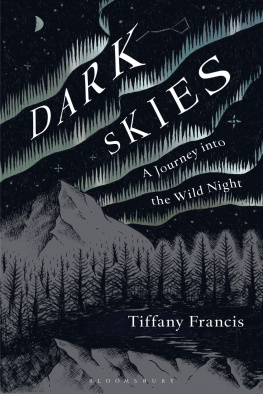True North
Gavin Francis was born in Fife and now lives in Orkney, where he works as a GP. His interest in history and travel has seen him pass through Europe, India, Africa and South America, as well as spending a year on a remote base in Antarctica. He is currently writing with his wife, Esa, a book based on their journey from Orkney to New Zealand by motorbike.
From reviews of True North:
True North is a wonder-voyage an immrama out into the landscape of the northern regions, but also down into the mindscape of those many travellers who have been drawn irresistibly northwards over the millennia Gavin Francis among them. Fluent, subtle, tough and often beautiful, True North stands alongside Peter Davidsons The Idea of North and Joanna Kavennas The Ice Museum, as a significant recent addition to the Arctic canon.
Robert Macfarlane
A deep empathy with the land and its history runs like a golden thread through every chapter of True North.
Sara Wheeler, The Spectator
Returning from a frostbitten world, Gavin Francis describes landscapes few of us have seen and narrates stories almost none of us have heard. He is a true traveller.
Daniel Kaldor
Thank goodness for people like Gavin Francis who are prepared not only to visit our northerly neighbours, but write about them in a way that shows how much of their history is our history too.
Roger Cox, The Scotsman

TRUE NORTH
Travels in Arctic Europe
GAVIN FRANCIS
This eBook edition published in 2011 by
Birlinn Limited
West Newington House
10 Newington Road
Edinburgh
EH9 1QS
www.birlinn.co.uk
First published in 2008 by Polygon,
an imprint of Birlinn Ltd.
Reprinted with a new introduction in 2009
This second edition published in 2010
Copyright Gavin Francis, 2008, 2010
The moral right of Gavin Francis to be identified as the author of this work has been asserted by him in accordance with the Copyright, Designs and Patents Act 1988
All rights reserved. No part of this publication may be reproduced, stored, or transmitted in any form, or by any means electronic, mechanical or photocopying, recording or otherwise, without the express written permission of the publisher.
eBook ISBN: 978-0-85790-110-1
British Library Cataloguing-in-Publication Data
A catalogue record for this book is available on request from the British Library.
This book is dedicated to Esa,
who doesnt mind sleeping on the ground
Illustrations
Frontispiece: Mercators Septentrionalium terrarum descriptio, based on his world map of 1595
Following page 140:
Maps
Acknowledgements
THIS BOOK HAS had a long and stuttering gestation. If it had not been for a whole series of patient midwives it might never have been delivered. My parents, Jack and Jinty, helped to nurture my interest in travel, history, and literature, and without that encouragement I never would have dreamed of starting this project. Sen Costello, my editor, immediately saw what I was trying to achieve with this book and patiently guided it through to publication despite my inconvenient absence for the whole period of preparing the first edition. Tom Johnstone oversaw the books transition to Polygon, and made a potentially rough crossing slide smoothly. Thanks to Annie Tindley for her support, advice, acting as my agent, and having an incomparable sense of the importance of a good index. Will Whitely edited the first draft with a child on each knee, and somehow provided his unapologetically honest and always welcome opinions. Michelle Lowe did a lot of the logistic legwork before publication. Alan Francis has kept my wheezing, crashing computers going over the years, and in that has perhaps done more than anyone else to keep me writing. Sara Wheeler gave me the support and encouragement to embark on the writing of True North, all the while having an Arctic book on the boil herself. The British Antarctic Survey Medical Unit were kind enough to give me a job at Halley Research Station with enough time and space on my hands to get the book drafted. Paul Torode read the earliest drafts down there and gave me some valuable suggestions. The late Gunnie Moberg and Tam MacPhail in Orkney gave me the benefit of both their knowledge of the Faroes and their ideas about the typescript. Phil Stewart in Islamabad, and Donald and Philippa Johnson in Perth, Australia, opened their homes, computers, and refrigerators to my wife and me, allowing me to get the first edition of True North completed in time for the printers.
Most of all my thanks must go to the many generous people that I met all over Arctic Europe, from Shetland to Greenland to Svalbard and back to Shetland again. They invited me into their homes, drove me hundreds of miles in their cars, and talked to me of their lives, their histories, their hopes and their worries for the future. Without their kindness this book might have become a dry history of Arctic exploration, and I hope the reader, to whom I owe my final note of thanks, will be able to take more away from it than that.
Introduction
THE WORD ARCTIC takes its roots from the Greek arktos, meaning bear. It was originally used to indicate all those lands that lie beneath the constellation of the Great Bear. To the society that coined the phrase those regions represented the very limits of the earth. When the ancient Greek mariners looked north into the night sky they grounded themselves by Polaris, the Pole Star, hanging motionless far in the north. Spraying out from it like shards of ice were the stars of the Great Bear (Ursa Major, as it was later called in Latin) and the Little Bear (Ursa Minor). In the dark, cold winter nights the very immobility of Polaris, the slow roll of the Bears around it, spoke of a region so frozen that space itself seemed to slow down, become gelid.
According to one of the Greek mythologies, those Bears that had been cast up into the northern skies were not polar bears, but Gods transformed. One of Zeus many lovers, Callisto (the most beautiful), was turned into a bear by Zeus long suffering and perennially jealous wife Hera. Callistos son Arcas, the founding father of Arcadia, accidentally shot his mother while out hunting and he too was duly turned into a bear. The pair were immortalised in stars perhaps as a warning, perhaps as compensation for their fate.
Greek ideas and Greek mythology still influence Western cultural ideas about the North. Our romanticisation of the Arctic as a place of desolate beauty and primal forces may be rooted, at least in part, in that tradition. But it was not only the Greeks who saw bears in those constellations; ancient Hebrew astronomers too saw bears above the Pole, and several Native American cultures. Europe has no monopoly on Arktos.

If the Arctic consists of those lands that lie beneath Ursa Major then we might be forgiven for thinking that it should represent a polar bear. It is unlikely that those first Greek mariners ever saw polar bears, but to Europeans of later centuries they have come to represent something of the wild beauty and ferocity of the Arctic. We
Next page



